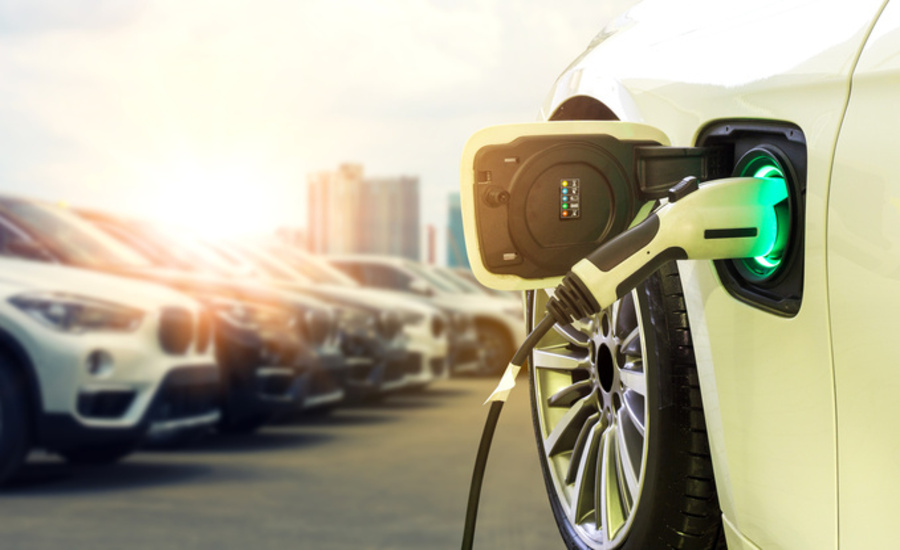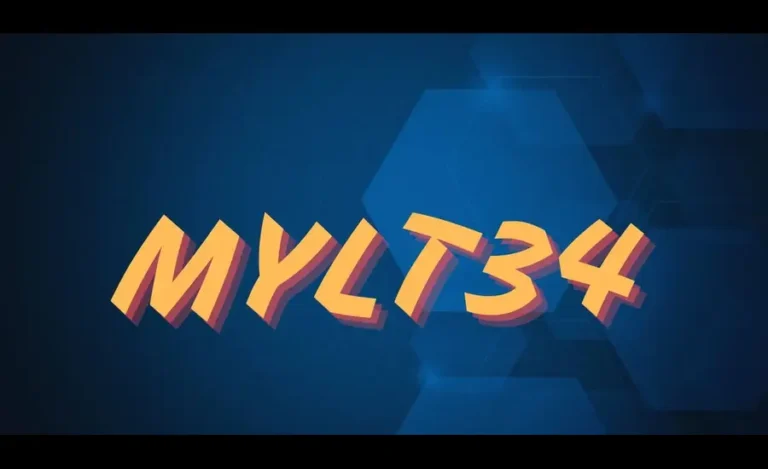Charging Ahead: The Future of Electric Vehicle Infrastructure
Introduction
Electric cars (EVs) represent the transportation of the future; they are not merely a fad. With the global shift towards sustainable energy solutions, the demand for efficient and accessible EV charging solutions is growing exponentially. Developing comprehensive EV infrastructure is essential to support this transition and ensure that EVs remain viable for the masses.
This article delves into the current state of EV infrastructure, innovations in charging technology, and the integration of renewable energy sources. We’ll also explore the role of policy and incentives in shaping the future of electric mobility.
The Current State of EV Infrastructure
The EV market is booming, with more people opting for electric over traditional gasoline-powered vehicles. However, the growth of EVs is directly linked to the availability and efficiency of charging stations. Public charging points have increased but are still insufficient in many regions. This gap in infrastructure remains a significant barrier to widespread EV adoption. While charging stations are more readily available in cities, there is frequently a severe lack of infrastructure in rural and suburban areas. Potential EV buyers might be reluctant to switch if there isn’t a solid and extensive network of charging stations because they worry about being stranded without a way to charge.
Furthermore, most charging stations currently in use are Level 2 chargers, which require several hours to charge an EV fully. This can be inconvenient for users who need a quick recharge during long trips. As the number of EVs on the road increases, the strain on the existing infrastructure will only grow, necessitating significant investments and improvements in the coming years.
Innovations in EV Charging Technology
One of the most exciting aspects of EV infrastructure is the rapid pace of technological innovation. Companies are continuously developing new ways to make charging faster and more efficient. Recent advancements include wireless charging and ultra-fast chargers that significantly reduce charging time. For instance, some chargers can now deliver up to 350 kW, charging vehicles in minutes rather than hours. This innovation makes EVs more convenient and enhances their practicality for everyday use.
Wireless Charging
Because wireless charging technology does not require physical connectors, users will find the process more convenient. Vehicles with wireless charging capabilities can park over a charging pad, and the charging process begins automatically. This technology is still nascent but holds great promise for the future. Imagine a scenario where EVs can charge wirelessly while parked at traffic lights or in parking lots, effectively reducing downtime and increasing the convenience of owning an EV. While challenges such as cost and efficiency need to be addressed, wireless charging could revolutionize our thoughts on EV infrastructure.
Ultra-Fast Chargers
The introduction of ultra-fast chargers has been a game-changer in the EV industry. The time it takes to charge an EV fully can be significantly decreased with these chargers because they can produce a large amount of power quickly. For long-distance travelers who need to refuel soon, this is especially helpful. Ultra-fast chargers enhance the practicality of EVs for long trips and alleviate concerns related to charging time. As more ultra-fast chargers are deployed, range anxiety—a common worry among potential EV buyers—will become a thing of the past, encouraging more people to switch to electric vehicles.
Integrating Renewable Energy with EV Charging
It is revolutionary to combine renewable energy sources with EV charging stations. These stations can be powered by solar and wind energy, increasing the sustainability of the ecosystem as a whole. A study suggests that coupling renewable energy with EV infrastructure can reduce operating costs and improve energy efficiency. Using renewable energy sources, EV charging stations can achieve a smaller carbon footprint, making the entire EV ecosystem more environmentally friendly.
Moreover, integrating renewable energy can offer additional benefits such as resilience and reliability. Solar- or wind-powered charging stations can function even in a power outage or grid failure, giving them a steady energy supply. This self-sufficiency is particularly valuable in remote or disaster-prone areas where traditional power infrastructure may be vulnerable.
The Role of Policy and Incentives
Government policies and incentives are crucial in accelerating the adoption of EVs and the development of related infrastructure. Financial incentives such as tax rebates and grants make EVs more affordable for consumers. Additionally, policies that mandate the incorporation of charging stations in new buildings can significantly boost the availability of charging points. For example, California has led in this space, implementing several initiatives to promote EV usage and infrastructure development. These policies encourage consumers to switch to EVs and incentivize businesses and developers to invest in charging infrastructure.
Such policies can take various forms, including zoning regulations, building codes, and subsidy programs. For instance, requiring new commercial and residential buildings to include EV charging stations can ensure that infrastructure keeps pace with the growing number of EVs on the road. Moreover, accessible and affordable financing options for installing charging stations can encourage small businesses and property owners to invest in EV infrastructure.
Future Prospects and Challenges
While the future looks promising, some challenges need to be addressed. The EV industry must ensure that charging stations are plentiful and evenly distributed to avoid creating “charging deserts.” Additionally, interoperability among different charging networks is essential for a seamless user experience. As technology improves and more stakeholders get involved, we expect a more refined and efficient EV charging infrastructure in the coming years.
Interoperability is the ability of various networks and charging stations to function together without hiccups. It is crucial to ensure that EV owners can use any charging station regardless of the network they belong to. Solutions such as universal adapters and standardized payment systems can significantly enhance the user experience and encourage more people to switch to EVs.
Furthermore, resolving the problem of “charging deserts”—regions with little to no access to infrastructure for charging—will guarantee that EVs are a practical choice for everyone, everywhere. Governments, corporations, and communities must collaborate to invest in and grow the EV charging network. The EV industry can build a more extensive and easily accessible infrastructure that facilitates the widespread adoption of electric vehicles by addressing these issues head-on.






